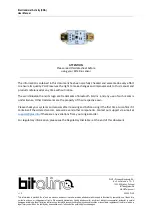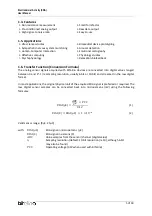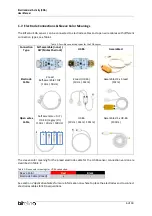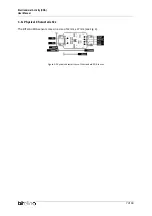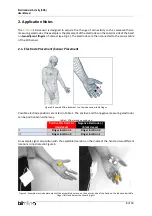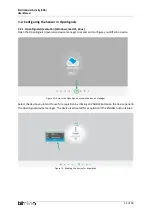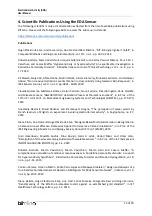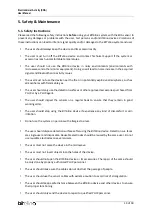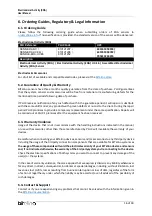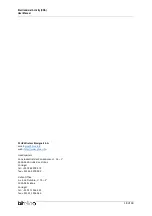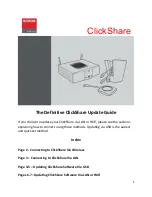
Electrodermal Activity (EDA)
User Manual
5 of 18
1.4.
Features
>
Skin resistance measurement
>
Small form factor
>
Pre-conditioned analog output
>
High signal-to noise ratio
>
Raw data output
>
Easy-to-use
1.5.
Applications
>
Life sciences studies
>
Sympathetic nervous system monitoring
>
Human-Computer Interaction
>
Affective computing
> Psychophysiology
>
Biomedical device prototyping
>
Arousal detection
>
Emotional cartography
>
Physiology studies
> Relaxation biofeedback
1.6.
Transfer Function (Conversion Formula)
The analog sensor signals acquired with BITalino devices are converted into digital values ranged
between 0 and 2
n
-1 (n=sampling resolution, usually 6-bit or 10-bit) and streamed in the raw digital
format.
In most applications, the original physical unit of the acquired EDA signal is preferred or required. The
raw digital sensor samples can be converted back into microsiemens (mV) using the following
formulas:
𝐸𝐷𝐴(µ𝑆) =
𝐴𝐷𝐶
2
𝑛
× 𝑉𝐶𝐶
0.12
(1)
𝐸𝐷𝐴(𝑆) = 𝐸𝐷𝐴(µ𝑆) × 1 × 10
−6
(2)
Valid sensor range: [0
µ𝑆
, 25
µ𝑆
]
with:
𝐸𝐷𝐴(µ𝑆)
EDA signal in microsiemens
(µ𝑆)
𝐸𝐷𝐴(𝑆)
EDA signal in siemens (
𝑆
)
𝐴𝐷𝐶
Value samples from the sensor/channel (digital value)
𝑛
Sampling resolution (default: 10-bit resolution (n=10), although 6-bit
may also be found)
𝑉𝐶𝐶
Operating voltage (3.3V when used with BITalino)


